BGS announces collaboration with Ordnance Survey
Ordnance Survey and BGS have teamed up to add a range of geological data products to the OS Data Hub, making it easier for users to access and use geospatial data.
29/05/2024 By BGS Press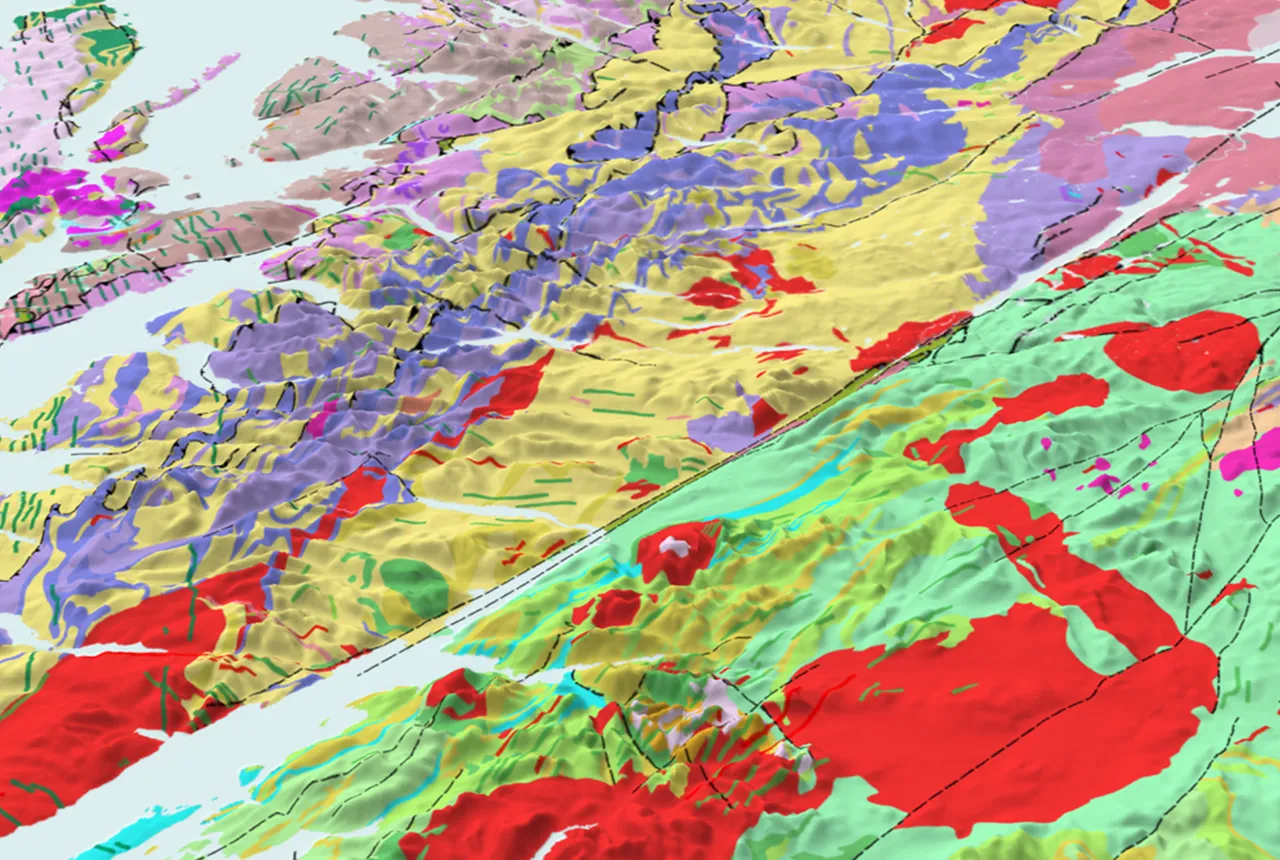
Nine of BGS’s primary datasets will now be included as open data in the Ordnance Survey (OS) Data Hub. This development will enable customers to access and combine OS and BGS data on a single platform, making it easier than ever to create value from geospatial data.
The inclusion of datasets will introduce OS Data Hub users to a selection of the detailed data that is available from BGS. The datasets will provide access to large-scale overview maps of ground hazards where there could be, for example, landslides. The maps can inform further assessment and highlight potential hazards that either need to be regraded or investigated in more detail.
I am delighted that we have extended the OS Data Hub to include data from the British Geological Survey. Ordnance Survey is constantly looking to provide a greater and richer variety of data to customers whether above or below ground, so adding the BGS datasets — which is a first for us — will extend our offering to our customers significantly. As we explore this new territory for the OS Data Hub, we really hope to encourage other third parties to collaborate with us and for new and existing customers to explore the new data available to support their own challenges.
John Kimmance, OS Managing Director of National Mapping Services.
We are excited to continue to build our relationship with Ordnance Survey as a Geo6 partner and make nine primary BGS datasets available to users via the OS Data Hub. The OS Data Hub presents a superb opportunity for new, differing user communities to access BGS geological data and we are eager to see what impact this will bring.
Garry Baker, director of BGS Informatics.
This new collaboration has been funded by the Government Office of Technology Transfer’s Knowledge Asset Grant Fund, which supports public sector organisations to explore or further develop new and innovative uses for their knowledge assets. This followed engagement with OS and BGS’s customers, which showed potential benefits to both public and private sectors from greater access to geological data.
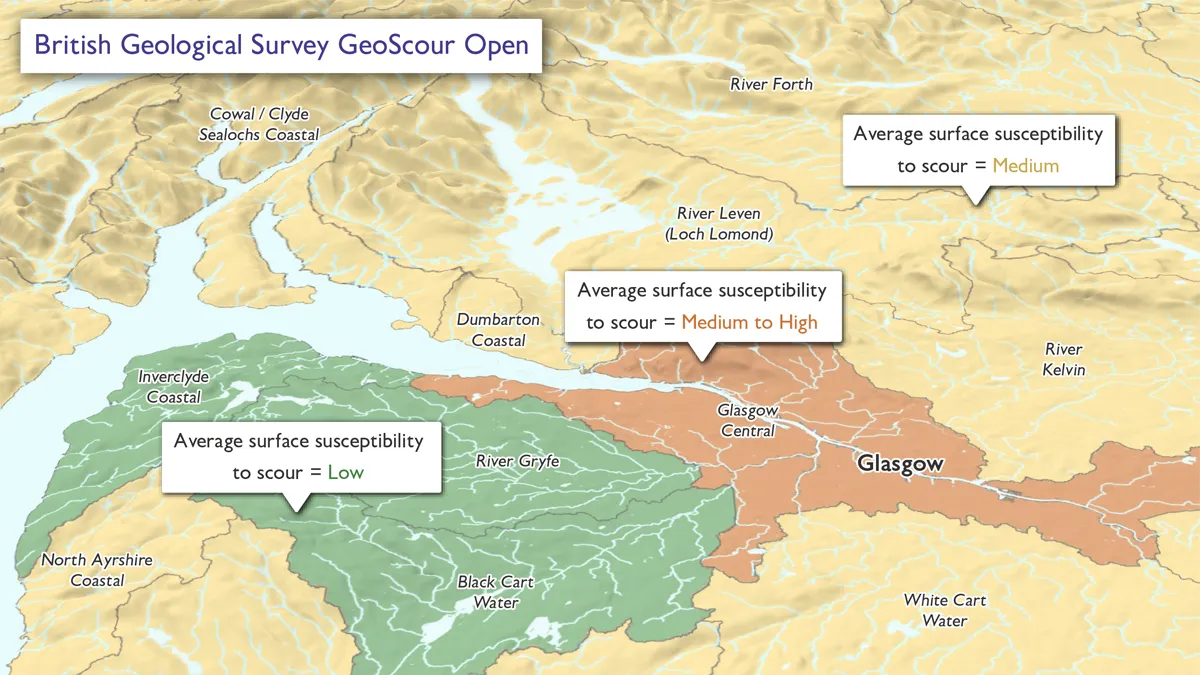
Data from BGS GeoScour Open showing a generalised overview of the natural characteristics and properties of river areas for the assessment of river sediment. Overlaid with data from OS Open Rivers, OS Open Zoomstack and OS Terrain 50. BGS © UKRI.
The nine datasets
BGS Geology 625k
Bedrock geology showing rock type and lithology for the UK, which could be used by academic institutions to understand geological presence at regional and national levels. The data could also be used to work out the percentage geology type in counties or regions of the UK or, by pairing with a digital terrain model, to understand how the geology influences the shape of our landscape.
BGS Mining Hazard (not including coal) 1 km hex grid
A national-scale summary of the presence of mining and an indication of the level of hazard associated with old workings, generalised into a hexagon cell, this provides an overview of the likelihood that mining has occurred in a locality. This will be valuable to local authorities to identify potential threats and whether additional investigation is required in planning developments in these areas. Polygon data is available from BGS as a licensable data product providing more detail.
BGS GeoSure 5km hex grid
Used to inform potential regional ground instability issues and which types of instability might be present, for example:
- collapsible deposits
- compressible ground
- landslides
- running sands
- shrink–swell
- soluble rocks
This could also be used by local authorities to understand the types of hazards that may be present in areas when considering planning applications and any need for extra investigation that could use the BGS GeoSure data suite for each hazard type.
BGS GeoClimate UKCP18 Open
Shrink–swell national datasets show potential change in subsidence due to changes in climate. They have been developed by combining long-term UK Climate Projection (UKCP) scenarios for rainfall and temperature changes with the geotechnical properties of the ground, to identify areas projected to experience the largest increases in susceptibility to subsidence over the next century. The data could be used by lenders, insurers and large UK companies that require a screening tool to assess their potential future exposure to subsidence and the need for large UK private companies to adhere to climate change reporting requirements. Further investigation can be undertaken with the BGS GeoClimate UKCP18 premium data.
BGS GeoCoast Open
This dataset contains a detailed suite of statistical data based on the underlying datasets (BGS GeoCoast Premium). These include, for example, the percentage of a county at threat from inundation and the percentage of a county’s coastline having high susceptibility to erosion. In addition, there is a tool to compare or share best practise at a regional scale and streamline the consideration of multiple underlying datasets through a simple, high-level scheme, presented as domains. The data is of particular use for coastline planning when assessing risk to assets and infrastructure.
BGS GeoScour Open
This provides a generalised overview of the natural characteristics and properties of river areas for the assessment of river sediment. This could help local authority planning by identifying the potential risks associated with flooding. The same can be said of asset owners and the potential for mitigation measures if assets such as bridges could be affected. Further investigation can be undertaken with the BGS GeoScour Premium data.
BGS Hydrogeology 625k (digital hydrogeological map of the UK)
Indicating aquifer potential in generalised terms using classifications defining flow based upon the geology, the data will be of use to hydrogeologists and groundwater management specialists who require a national understanding of groundwater flow to aid water management strategies.
BGS/UKHSA radon data: Indicative Atlas of Radon
A simplified version of the radon potential dataset with each 1 km grid square being classed according to the highest radon potential found within it. The UK Health Security Agency recommends radon levels should be reduced in homes where the annual average is at or above 200 becquerels per cubic metre (200 Bq/m3). Local authorities can use this data as a screening tool for identifying areas that require further investigation with the detailed radon potential dataset.
BGS Soil Parent Material Model
Parent materials (underlying geology) provide the basic foundations and building blocks of a soil, influencing texture, structure, drainage and chemistry. This model details the distribution of physiochemical properties of the weathered and unweathered parent materials of the UK to help identify soils and landscapes sensitive to erosion or deficient in nutrients and is useful for farmers and crop scientists.
Other BGS data products
These open datasets can also be accessed via our website as part of our wider suite of data products. The data is accessible in a variety of formats and via different platforms including the BGS GeoIndex map viewer and web map services. Some of the datasets also have a premium version which can be licensed. For more information about our data products please contact the digital data team (digitaldata@bgs.ac.uk).
Relative topics
Related news
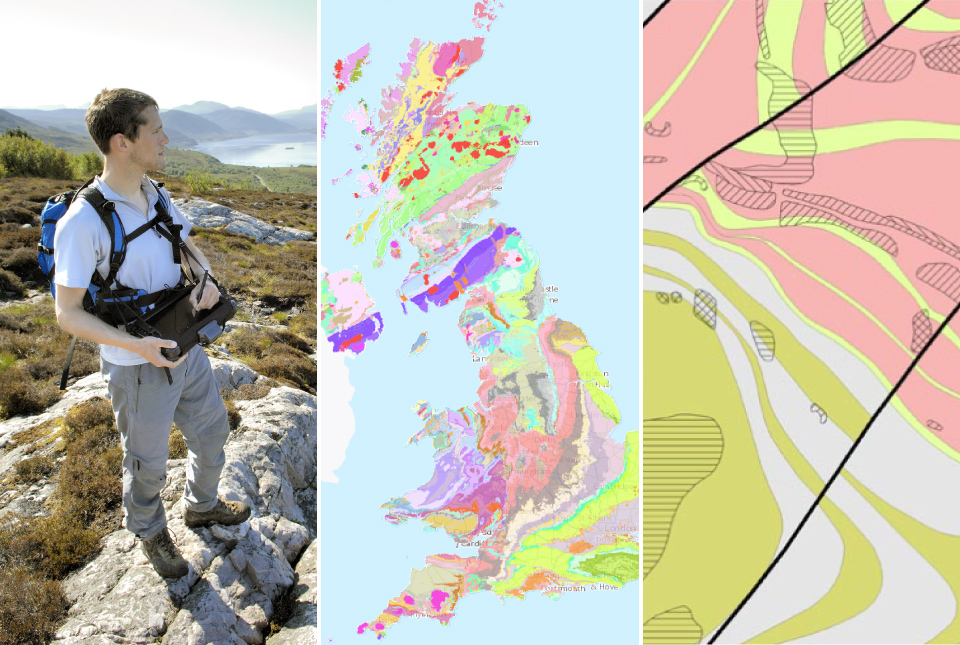
BGS digital geology maps: we want your feedback
29/05/2025
BGS is asking for user feedback on its digital geological map datasets to improve data content and delivery.
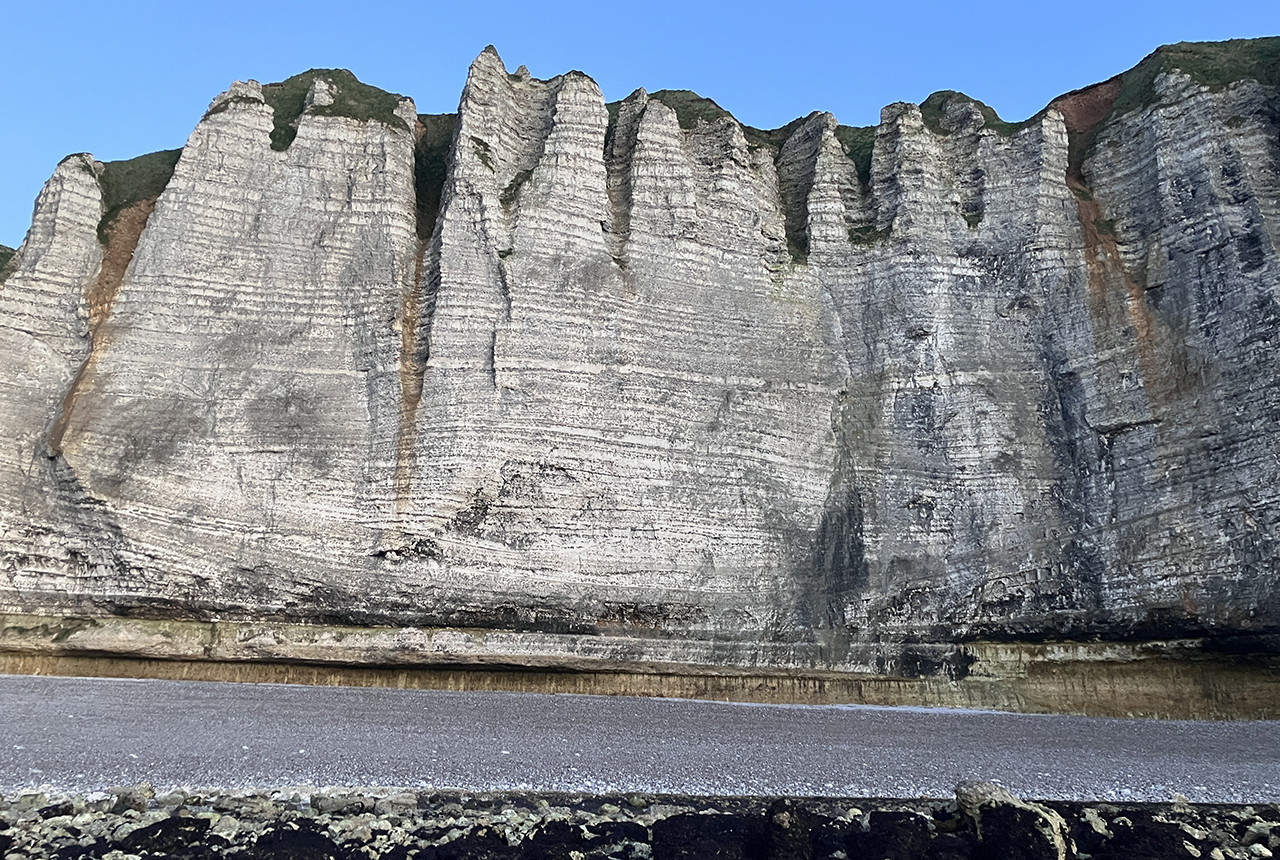
Geology sans frontières
24/04/2025
Geology doesn’t stop at international borders, so BGS is working with neighbouring geological surveys and research institutes to solve common problems with the geology they share.
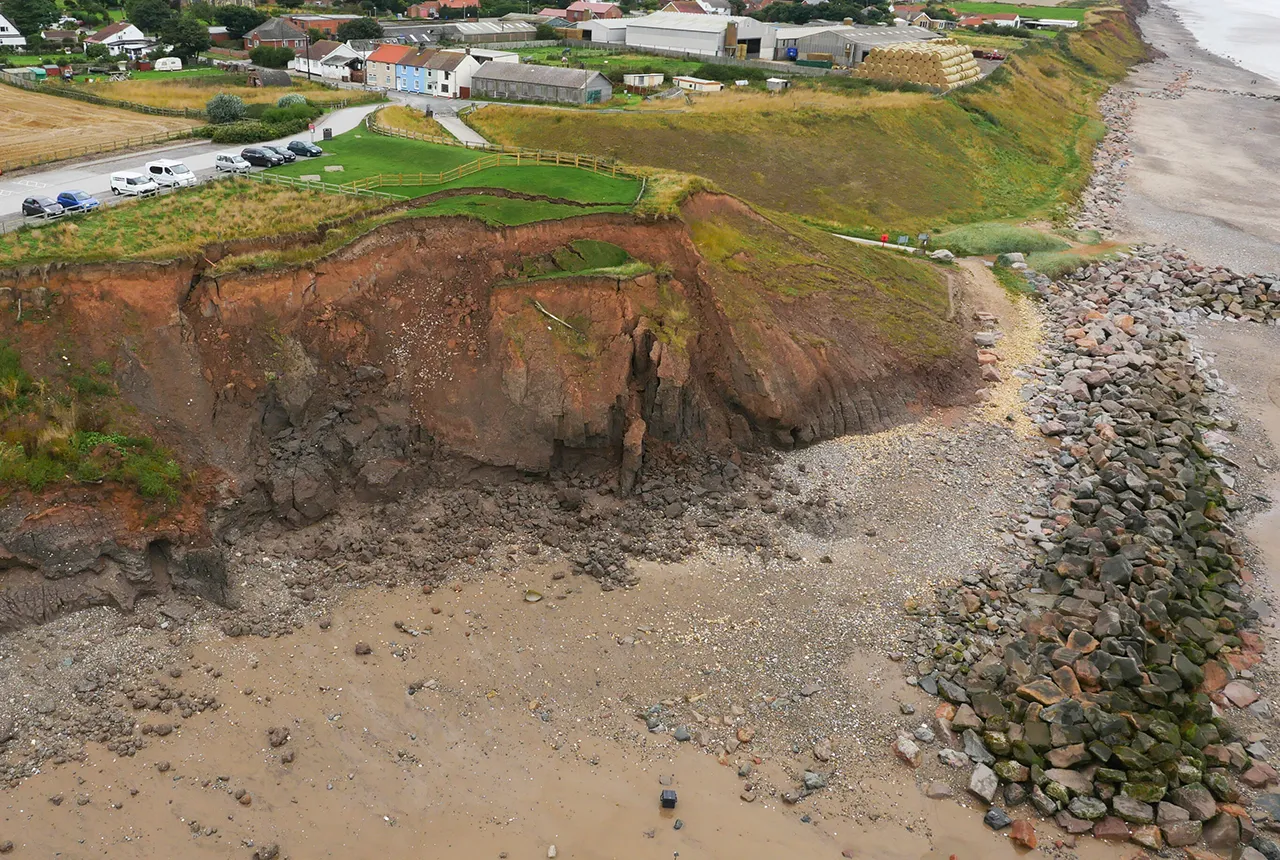
What does the next generation of coastal environmental models look like?
15/04/2025
A new tool is now available that has been designed to help coastal engineers and practitioners better manage the compound risk of coastal erosion and flooding.
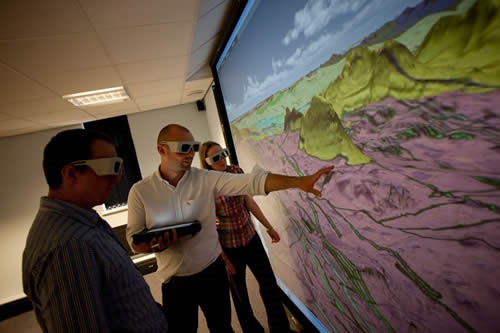
Celebrating 20 years of virtual reality innovation at BGS
08/04/2025
Twenty years after its installation, BGS Visualisation Systems lead Bruce Napier reflects on our cutting-edge virtual reality suite and looks forward to new possibilities.
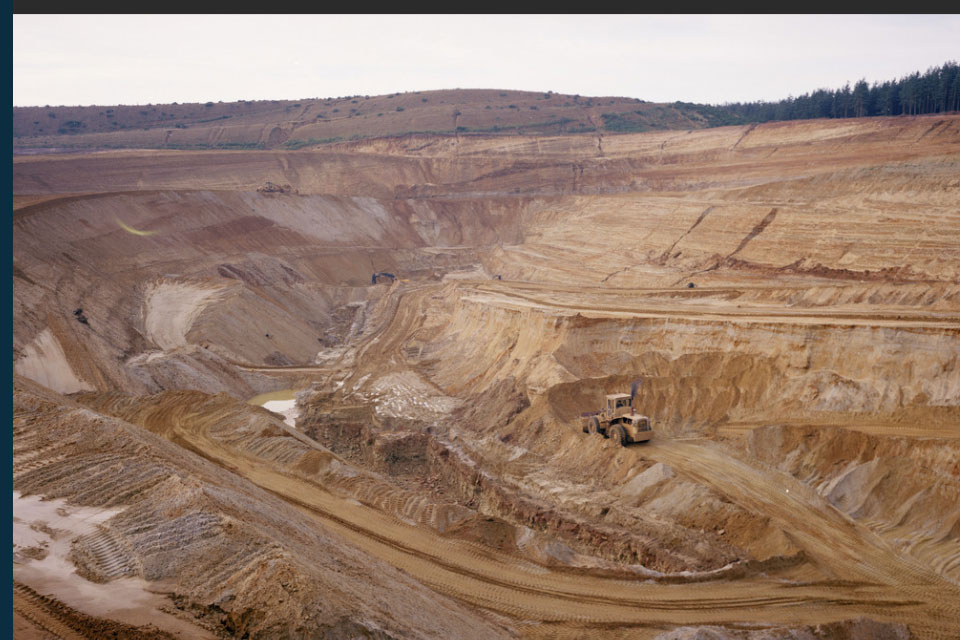
New data reveals latest mineral workings around Great Britain and Northern Ireland
01/04/2025
The newest release of BGS BritPits provides information on an additional 6500 surface and underground mineral workings.
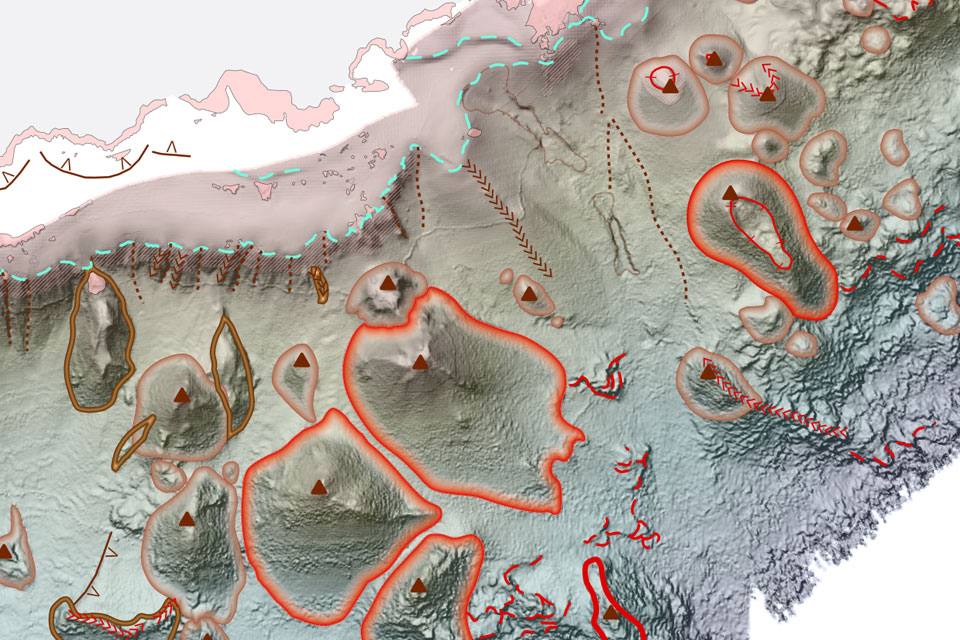
New seabed geology maps to enable long term conservation around Ascension Island
01/04/2025
BGS deliver the first marine geology and habitat maps for one of the world’s largest marine protected areas.
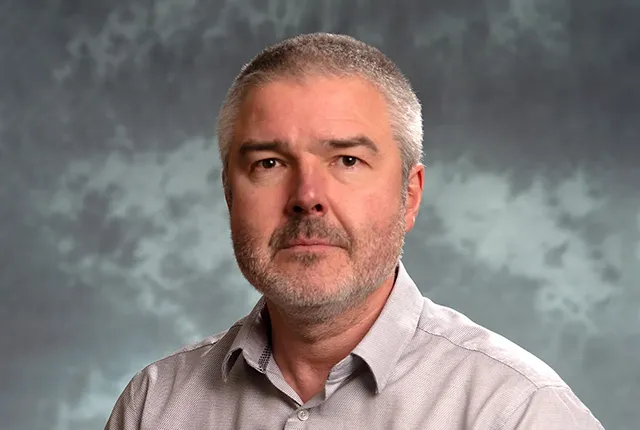
BGS announces new director of BGS National Geoscience
12/02/2025
BGS announces its new director of BGS National Geoscience.
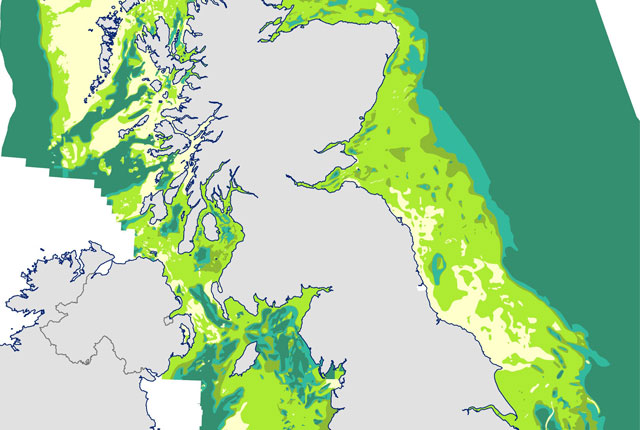
Seabed geology data: results from stakeholder consultation
31/01/2025
BGS collected valuable stakeholder feedback as part of a new Crown Estate-led initiative to improve understanding of national-scale seabed geology requirements.
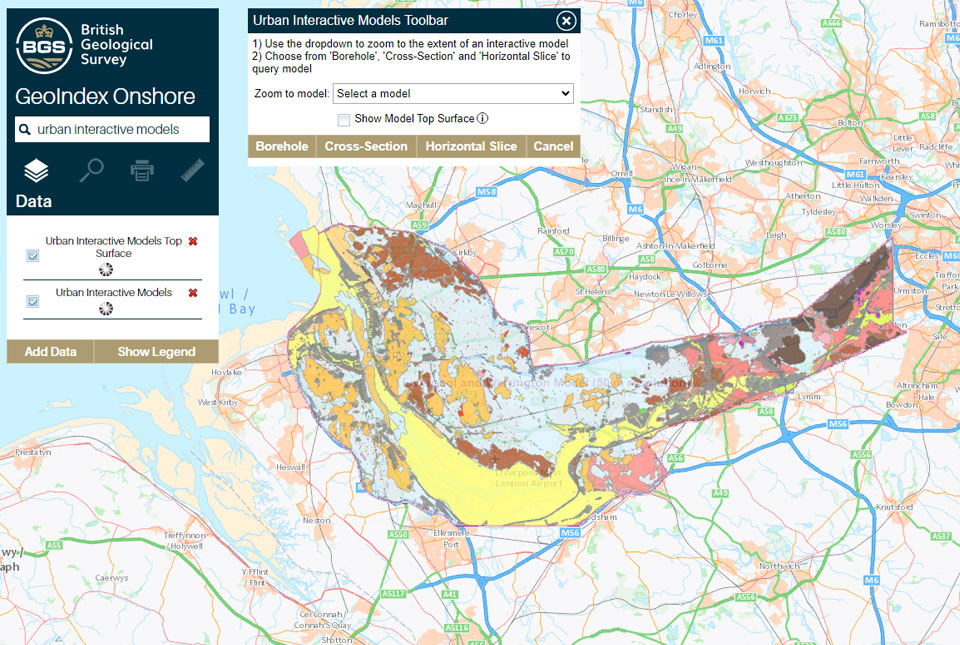
What lies beneath Liverpool?
11/10/2024
The geological secrets lying under the surface of Liverpool and Warrington have been unveiled for the first time in BGS’s 3D interactive tool.
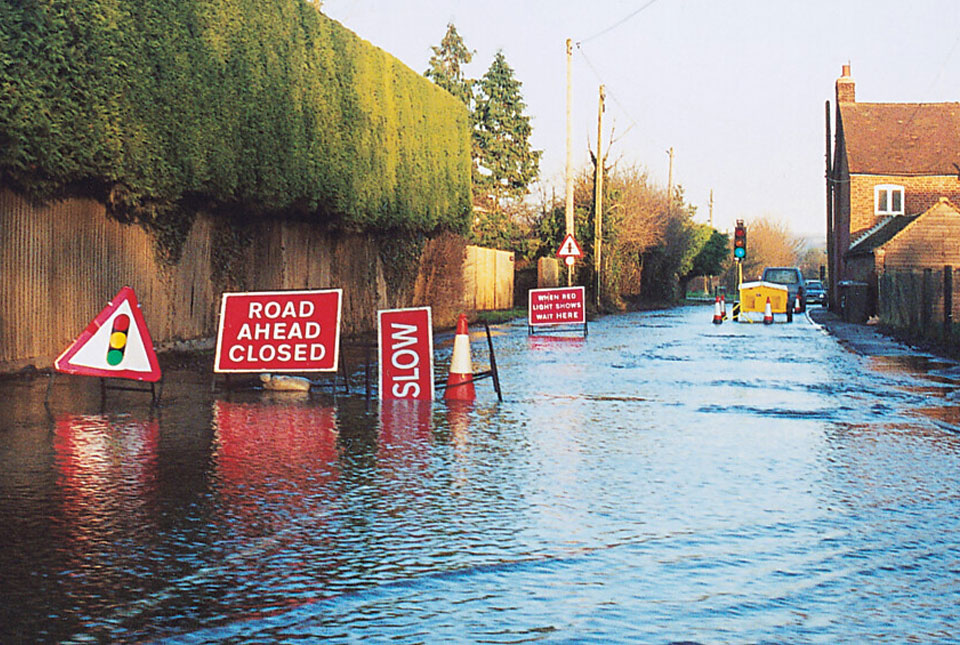
BGS Groundwater Flooding Susceptibility: helping mitigate one of the UK’s most costly hazards
25/09/2024
Groundwater flooding accounts for an estimated £530 million in damages per year; geoscientific data can help to minimise its impact.
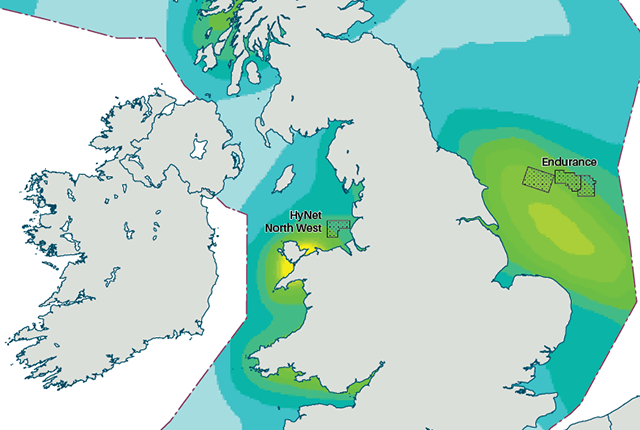
New hazard maps set to help safeguard UK offshore energy industry
12/09/2024
Essential geological model detailing seismic hazard published as the pursuit of new renewable energy infrastructure intensifies.

New appointments to BGS Science Advisory Committee
29/08/2024
The appointments mark the latest step in the ongoing delivery of BGS’s essential geological expertise.




